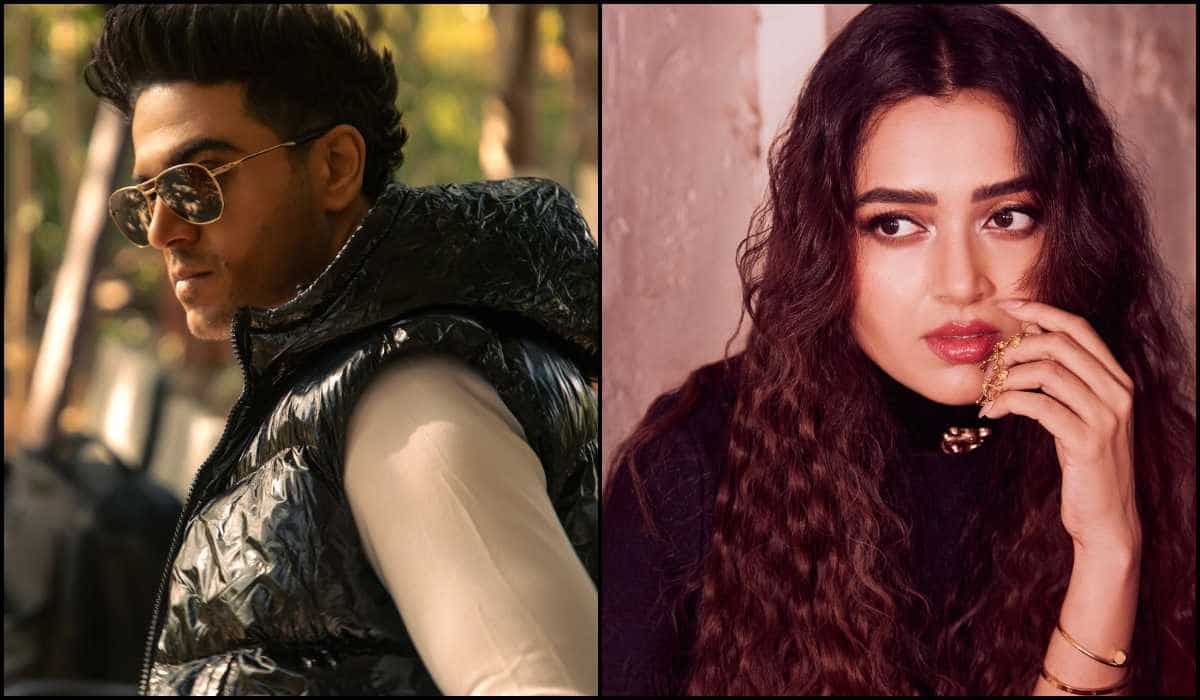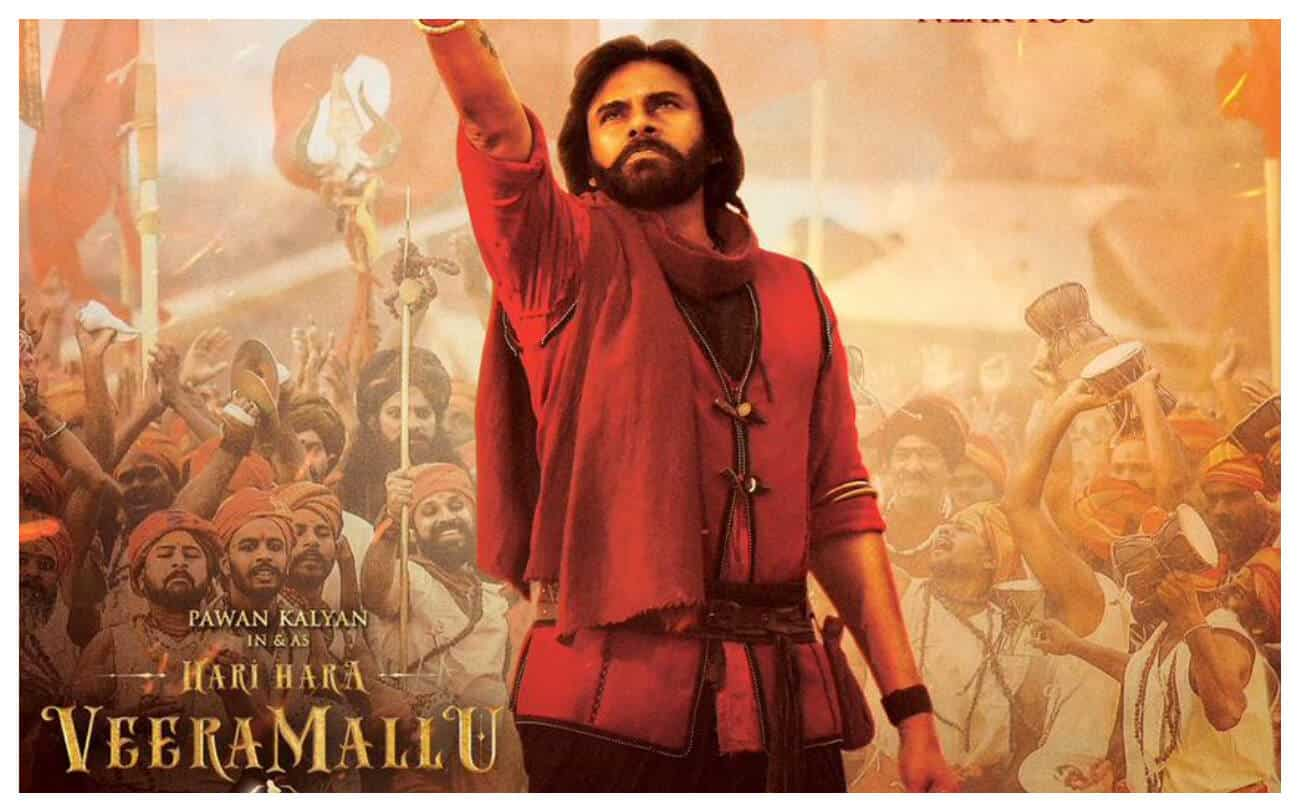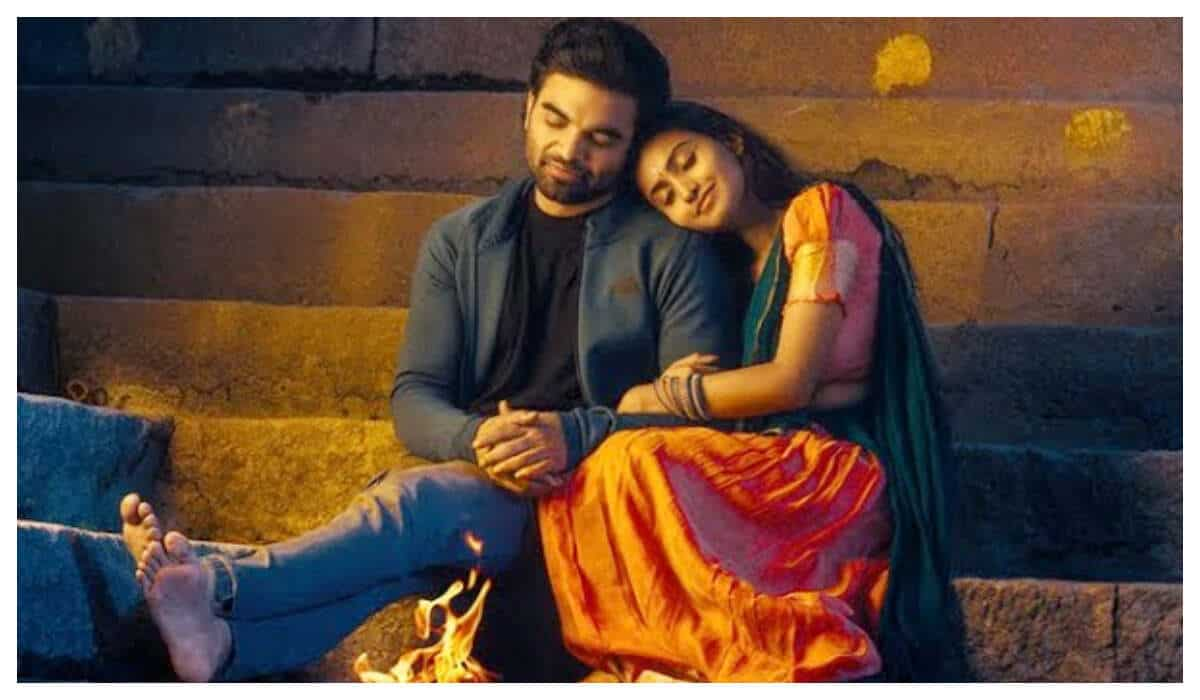
The Indian Sensation Who Rejected Hollywood, Long Before SRK & Priyanka
1 month ago | 5 Views
'The cover story of the 1952 edition of the American magazine Theatre Arts proclaimed, "The biggest star in the world and she's not in Beverly Hills." The focus of this extensive article was Indian film star Madhubala. At just 19 years old, Madhubala was not only the leading figure in Bollywood but also one of the most significant box office attractions globally. The article emphasized her prominence, placing her above renowned Hollywood figures such as Clark Gable, Audrey Hepburn, James Stewart, John Wayne, Natalie Wood, and Cary Grant.
When Madhubala was the 'biggest star in the world'
Art critic David Cort authored an article on Madhubala for Theatre Arts, stating, “The narrative of India over the last decade can be summarized as follows: the war, the cinematic surge, and Madhubala.” Born as Mumtaz Jehan Begum Dehlavi, Madhubala commenced her film career at the tender age of eight with the film Basant in 1942. By the age of 14, she had transitioned to leading roles and achieved notable success with films such as Lal Dupatta, Mahal, and Dulari, all before reaching 16. In 1951, filmmaker and editor Aurbindo Mukhopadhyay reported that Madhubala commanded a fee of ₹1.5 lakh per film, making her the highest-paid actress in the nation. By the time the Theatre Arts article was published in 1952, Madhubala was just 19 years old but had already starred in major hits like Badal, Saiyan, and Tarana. With her performance in Tarana, she garnered critical acclaim and was recognized as one of the leading stars in Bollywood, alongside prominent male actors Raj Kapoor, Dilip Kumar, and Dev Anand. In 1959, Madhubala was featured in Time magazine, which hailed her as one of the most significant stars globally.
Madhubala's rejection of Hollywood
Madhubala achieved global recognition after being featured in the American magazine Life in 1951, which was subsequently followed by an article in Theatre Arts. The Life feature included photographs taken by James Cobb Burke, a renowned photographer of his time. This exposure led the iconic filmmaker Frank Capra to reach out to her with an opportunity to enter Hollywood. Nevertheless, Madhubala's father, who also served as her manager, rejected the offer due to his reservations regarding the intimate nature of American cinema.

Madhubala's later career and death
In 1954, Madhubala received a diagnosis of congenital heart disease, a condition that would affect her throughout her life. Although she temporarily withdrew from the film industry, she made a remarkable return with the film Mr. & Mrs. '55. Following a series of successful films in the late 1950s, Madhubala achieved the pinnacle of her career in 1960 with K Asif's Mughal-e-Azam, which became the highest-grossing film in India at that time. This was succeeded by another major success, Barsaat Ki Raat.

At this point, her health had significantly deteriorated. Madhubala withdrew from the film industry, accepting only roles that demanded minimal effort, such as the love interest in Jhumroo, Boy Friend, and Passport. Despite her limited involvement, the films she appeared in continued to dominate the box office. Her last film, Sharabi, was released in 1964. Following this, she fell ill and was unable to continue her work. Madhubala passed away in 1969 at the age of 36. Her final film, Jwala, was released posthumously in 1971, although it remained incomplete.
Read Also: Vivek Agnihotri Opens Up on John-Bipasha’s Breakup Days Before ‘Billo Rani’
Get the latest Bollywood entertainment news, trending celebrity news, latest celebrity news, new movie reviews, latest entertainment news, latest Bollywood news, and Bollywood celebrity fashion & style updates!
HOW DID YOU LIKE THIS ARTICLE? CHOOSE YOUR EMOTICON!
#




















